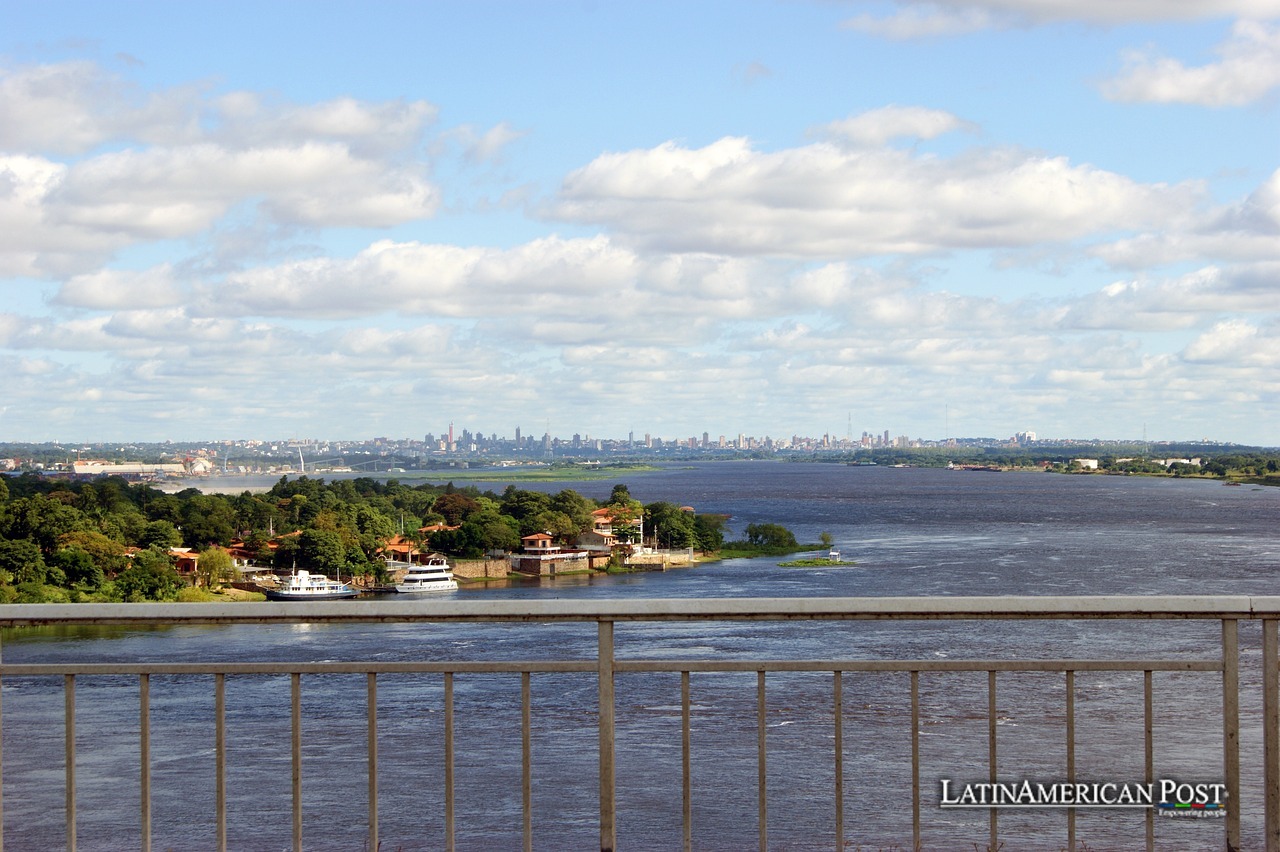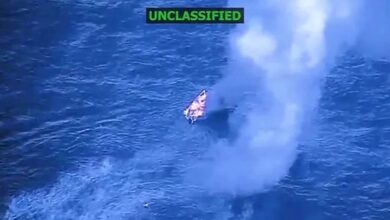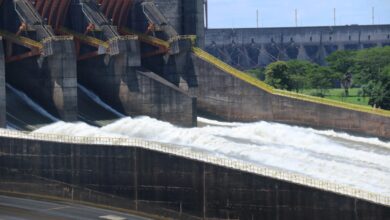Paraguay’s Shrinking River Fuels Conflict Between Fishers and Farmers

As the Paraguay River hits record low levels due to a severe drought, a conflict has emerged between local fishers and rice farmers over water usage in the Ñeembucú region. Fishers blame irrigation practices, while farmers point to climate change.
Drought and Declining River Levels in Paraguay
The Paraguay River, a lifeline for communities and ecosystems along its banks, is facing unprecedented challenges. A severe drought has caused the river’s water levels to plummet to record lows, particularly impacting the Ñeembucú department in southern Paraguay. This region, known for its wetlands and reliance on the river, is now at the center of a growing conflict between fishers and rice farmers over the use of this dwindling resource.
On October 11, the river hit its lowest level on record at the Alberdi port, leaving many local fishers scrambling to sustain their livelihoods. The drought, driven by climate change and exacerbated by deforestation and changes in land use upstream in Brazil, has altered the region’s landscape. Once-thriving wetlands have dried out, replaced by vast rice farms that rely on the river for irrigation.
“The river has dropped a lot,” said Sergio Jara, a fisherman from Villa Oliva, about 100 kilometers from the Paraguayan capital, Asuncion. Speaking to Reuters, Jara pointed to what had become a muddy puddle where he once fished. “Before, at least we caught a little more; now, almost nothing. It’s not enough to live on.”
The crisis in Paraguay is part of a more significant environmental catastrophe, as rivers across the Plata basin, including the Paraná and Pilcomayo, have seen their levels fall dramatically. For the local communities dependent on fishing, the decline in river levels is more than just an environmental issue—it is a fight for survival.
Fishers vs. Farmers: The Growing Tensions
As water levels continue to drop, the finger-pointing has begun. For the fishers in Ñeembucú, the cause of the crisis seems clear: water-intensive rice farms are siphoning off large amounts of water from the river, making an already dire situation worse.
“It is very damaging. They take a lot of water, and river levels get worse,” said Crescencio Almada, a fisherman with 35 years of experience in the region, speaking to Reuters. Almada and many other fishers argue that while the drought is undoubtedly part of the problem, the constant irrigation of rice fields aggravates the situation and further depletes the river’s resources.
The wetlands of Ñeembucú, part of the larger Plata basin, are crucial in regulating the flow of the Paraguay and Paraná rivers. As more land is converted to agriculture, particularly rice farming, there is growing concern that the region’s fragile ecosystem is being pushed to its limits.
For fishers like Almada and Jara, the declining water levels directly impact their ability to provide for their families. Once plentiful fish stocks have dwindled, the muddy riverbanks offer little opportunity to catch enough to survive. The growing tension between the fishers and farmers highlights the broader issue of water management in a region where resources are becoming increasingly scarce.
Government and Farmers Deny Blame, Cite Climate Change
While fishers blame the rice farmers for aggravating the crisis, the Paraguayan government and the rice farming industry have pushed back, arguing that climate change is the real culprit. Ignacio Heisecke, president of the Paraguayan Rice Federation, told Reuters that the problem stems from the drought conditions in Brazil, which have reduced water levels throughout the river system.
“We’ve been working for five years in the area, and we have endured cyclical moments of low water levels in the river as well as large amounts of water,” Heisecke said. He emphasized that the rice farms downstream in Paraguay are not to blame for the river’s current state, as the water shortages originate upstream in Brazil, where the river begins its 1,600-kilometer journey.
David Fariña, director of water protection and conservation at Paraguay’s environment ministry, supported this view. He told Reuters that the low water levels are primarily due to a lack of rainfall in the entire river basin, not due to irrigation practices in Ñeembucú. “The Paraná River and the Pilcomayo River are all in the same situation. There is no rice there,” Fariña noted, pointing out that other rivers are also experiencing similar declines, even in regions without extensive rice farming.
The issue for the government and rice farmers is clear: the water crisis is a direct consequence of climate change and regional droughts. They argue that the farming sector is simply caught in the middle of a much larger environmental challenge.
A Struggle for Survival in a Changing Landscape
The conflict over water in Ñeembucú is emblematic of a broader struggle playing out across the world as climate change exacerbates natural resource shortages. As droughts become more frequent and severe, tensions between groups reliant on the same resources will likely intensify.
Paraguay grows around 175,000 hectares of rice across six departments, producing about 1.5 million metric tons annually. According to the Paraguayan Rice Federation, exports in 2023 were worth $400 million, a vital contribution to the country’s economy. However, this economic success comes at a cost for local fishers and the wetlands they depend on.
For many fishers in Ñeembucú, the river’s decline represents a loss of income and a way of life. The wetlands are not just a source of fish but an integral part of the local culture and environment. As the river levels continue to fall, these communities are left grappling with an uncertain future.
Reuters reported that the Paraguayan Meteorology Directorate expects the river to remain low until the end of the year, offering little hope for fishers who rely on the river’s bounty. The situation has reached a breaking point for many. Without significant rainfall or changes in water management, the conflict between fishers and farmers is unlikely to be resolved anytime soon.
The broader implications of the water crisis in Paraguay are hard to ignore. As climate change continues to alter weather patterns and intensify droughts, the competition for dwindling resources will become more acute. For countries like Paraguay, where agriculture is a cornerstone of the economy, balancing the needs of farmers with those of other communities and the environment will be one of the most pressing challenges in the years ahead.
Also Read: Pilbara Minerals’ $372M Move for Latin Resources Shakes Market
In the meantime, fishers like Jara and Almada are left waiting, watching the river that has sustained their families for generations slowly dry up. The conflict between fishers and farmers may be rooted in local grievances. Still, it speaks to a much larger global issue: the urgent need to address climate change and manage water resources in a rapidly changing world.





